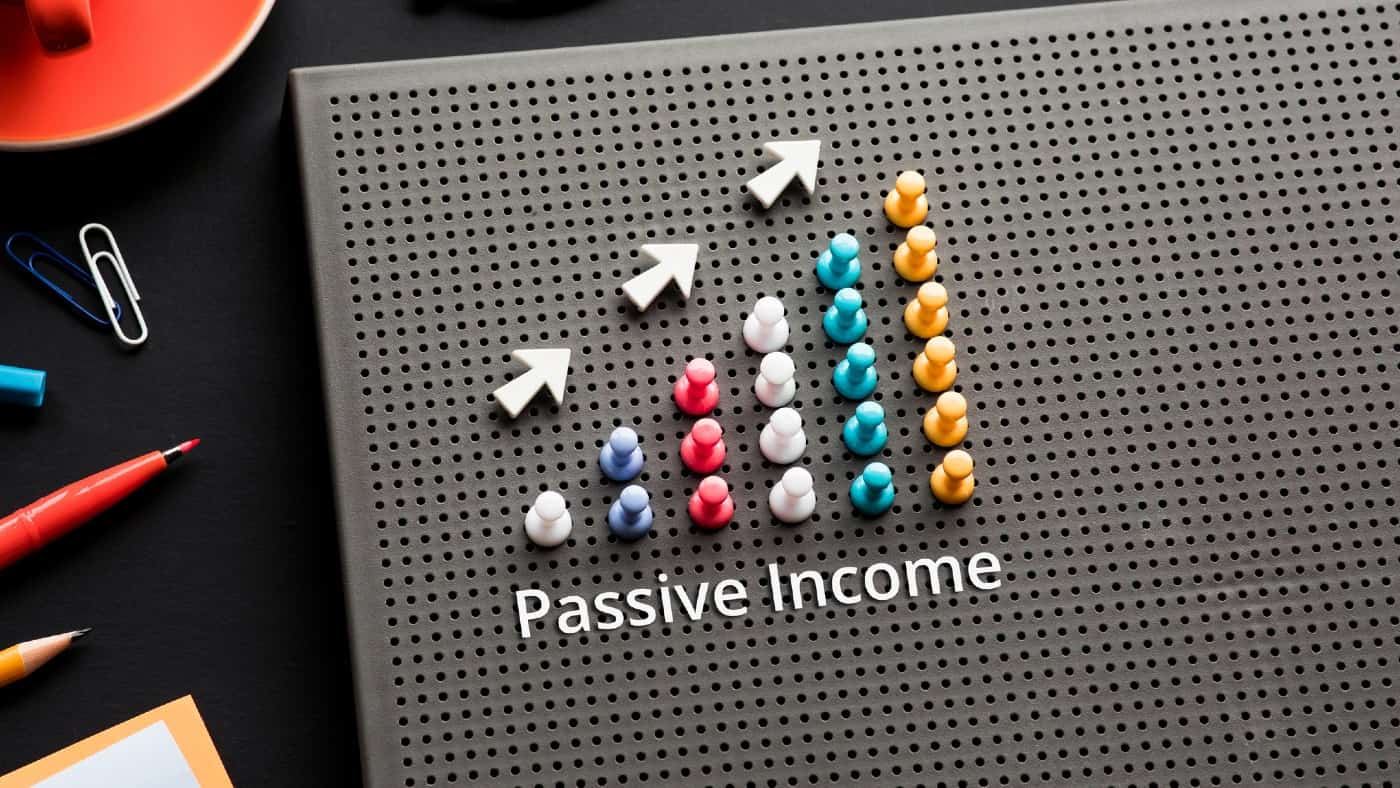Passive income — making money with minimal daily effort — is about the closest thing I’ve yet found to free money. Consequently, I’m a big fan. And the most effective way of doing this, in my view, is by investing in high-dividend-paying shares.
The only real effort involved in this process is selecting the shares in the first place. And I do this based on three key checks.
The first is whether a stock generates a high yield. I prefer 8%+, as it compensates me for the additional risk of buying stocks rather than risk-free government bonds. But 7%+ will do, provided the company has other merits.
Of course, it’s pointless buying such a stock if share price losses then wipe out the dividend gains. So, my second check is to ascertain that the company looks undervalued against its peers.
And the final check is one geared to ensuring that the stock keeps paying me good dividends into the future.
To keep paying high dividends, a company needs to be generating income. And to do that, its core business needs to be strong, so I look for that too.
High-passive income portfolio
I think my current high-yielding passive income portfolio ticks all these boxes. It features British American Tobacco, Phoenix Group Holdings, M&G (LSE: MNG), Legal & General, and Aviva.
These yield 10.1%, 9.9%, 8.5%, 8.2%, and 7.2%, respectively, so the high-yield box is ticked.
Taking M&G as a case in point for the other criteria here, it also looks very undervalued against its competitors. A discounted cash flow analysis shows its shares to be around 45% undervalued at their current price of £2.30.
Therefore, a fair value would be around £4.18. This doesn’t necessarily mean that they’ll reach that price, but it does confirm to me that they’re very good value.
This indicates that there’s less chance of a major sustained price fall wiping out my dividend gains.
It’s not immune from risks, of course. One is a new global financial crisis. Another is its relatively high debt level.
To me though, both are mitigated somewhat by the fact that like many insurance and investment firms, it generates a lot of cash upfront in its business cycle. Its short-term assets (£34.3bn) also far outweigh its short-term liabilities (£13.1bn).
Further mitigating these risks, but highlighting a strong core business as well, is its forecast £2.5bn in operating capital generation by end-2024. This huge cash war chest will allow it further leeway in meeting its debt obligations.
It can also provide a powerful engine for further growth. Analysts’ expectations are for earnings and revenue to increase, respectively, by 37% and 110% a year to end-2026.
Maximising income by dividend compounding
The average payout on my five-stock high-yield portfolio is currently 8.8%. This can go up or down as dividend payouts and share prices change, of course.
So, a £10,000 investment in this portfolio would yield me £880 a year. If I withdrew the dividend payout each year from the investment pot, I would have £26,400 after 30 years.
Crucially however, if I reinvested the dividends back into the stocks instead — ‘dividend compounding’ – I would have £138,789 after 30 years.
This would pay me £11,651 a year in passive income, or £971 every month!








